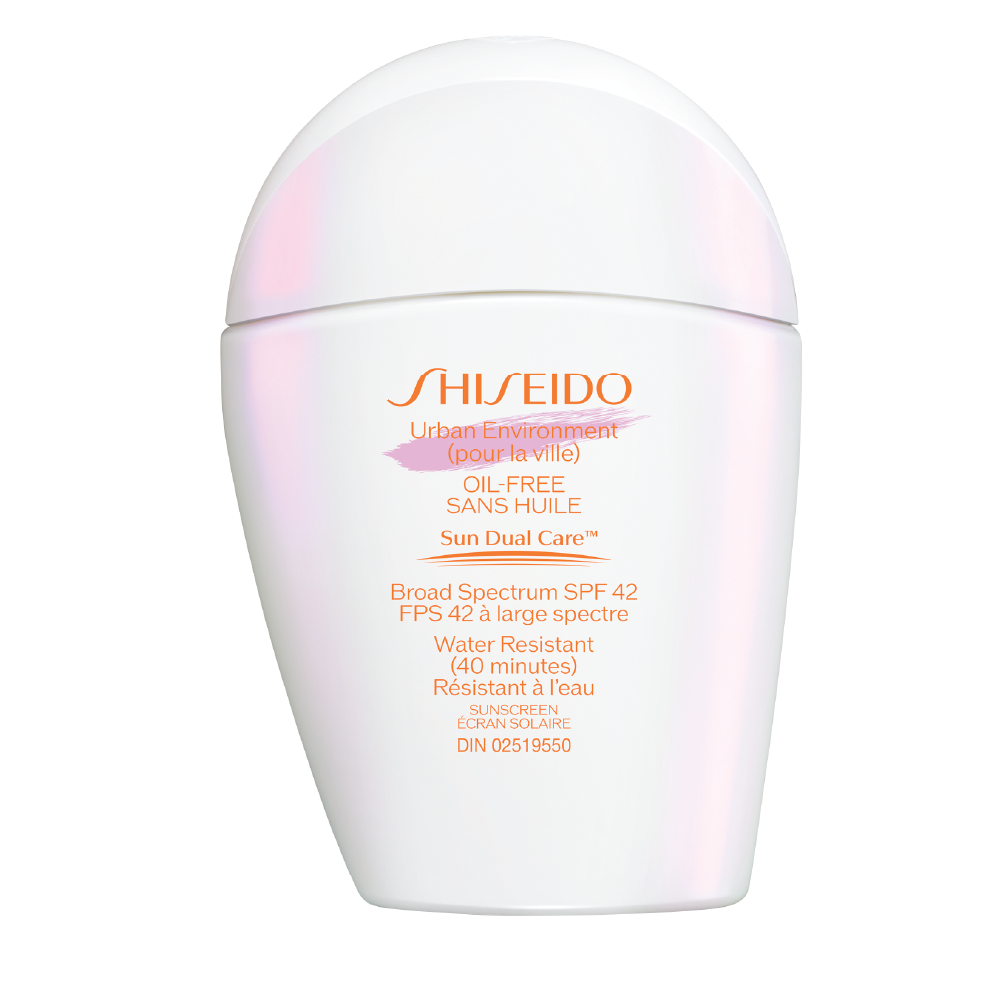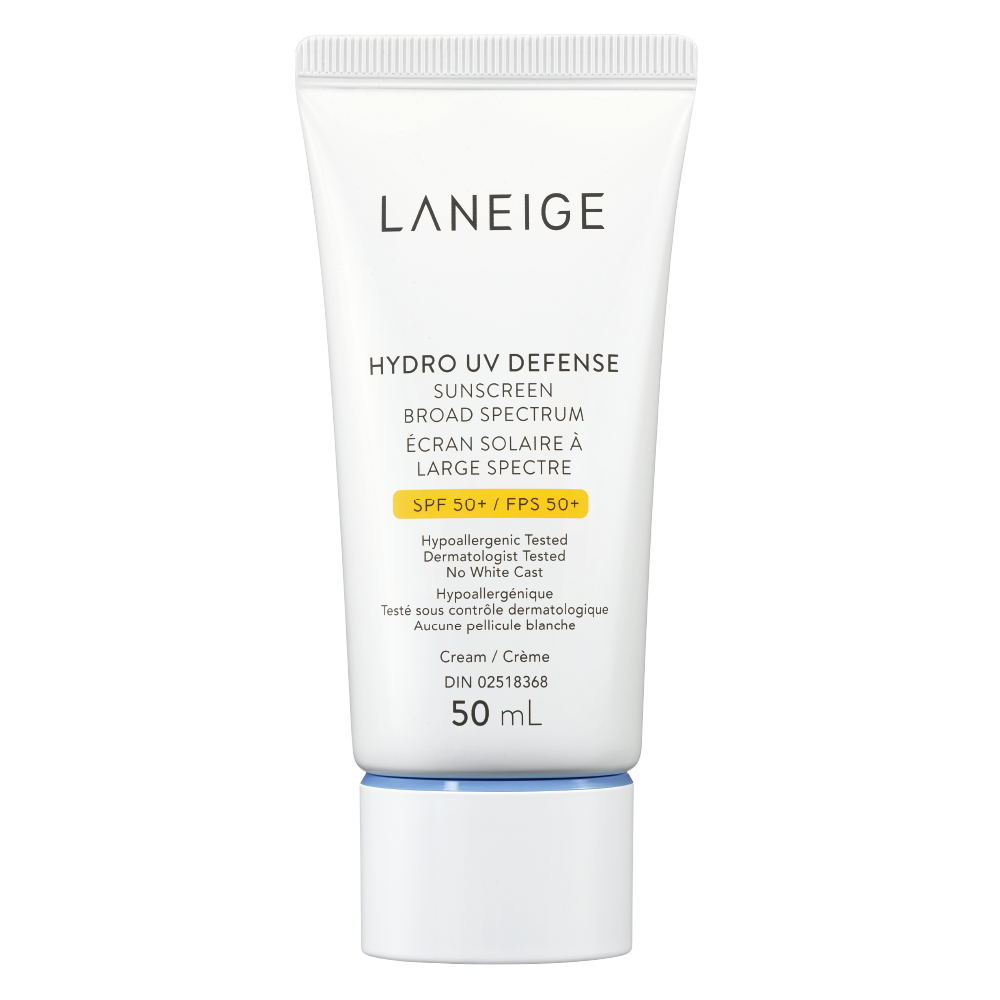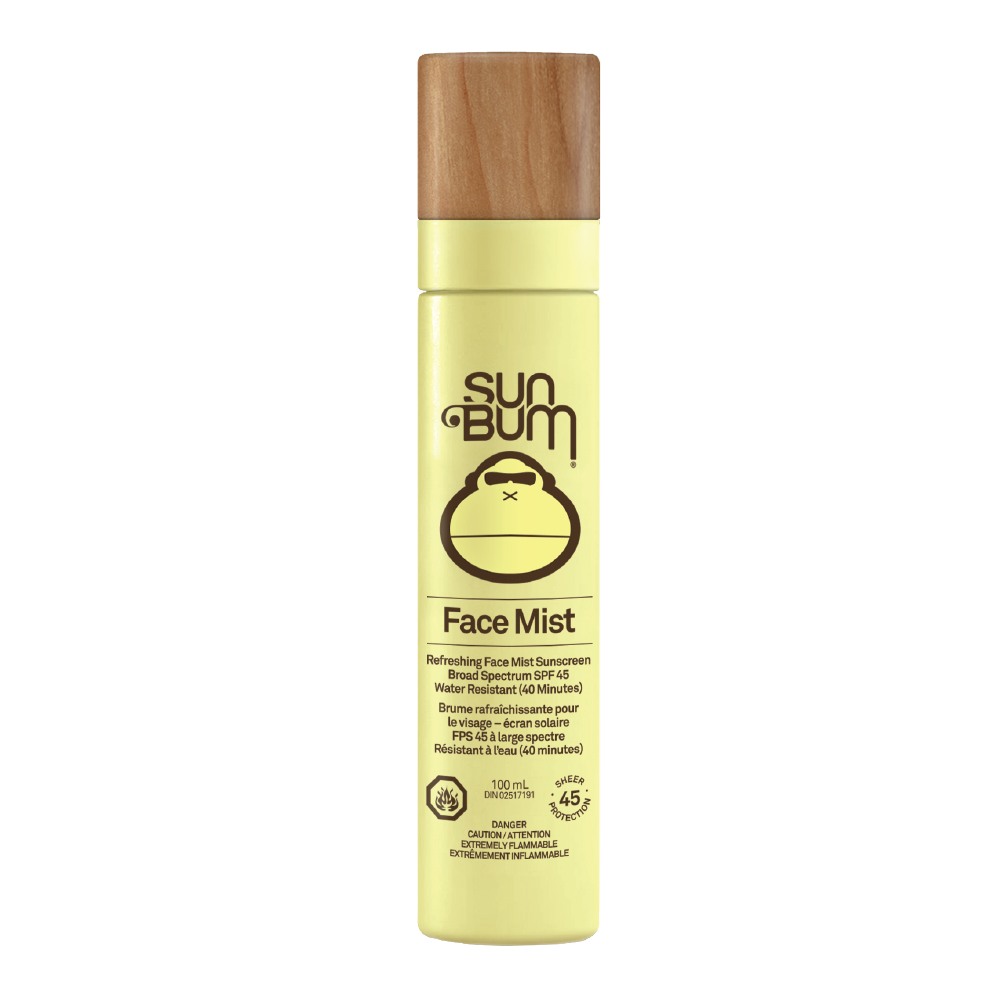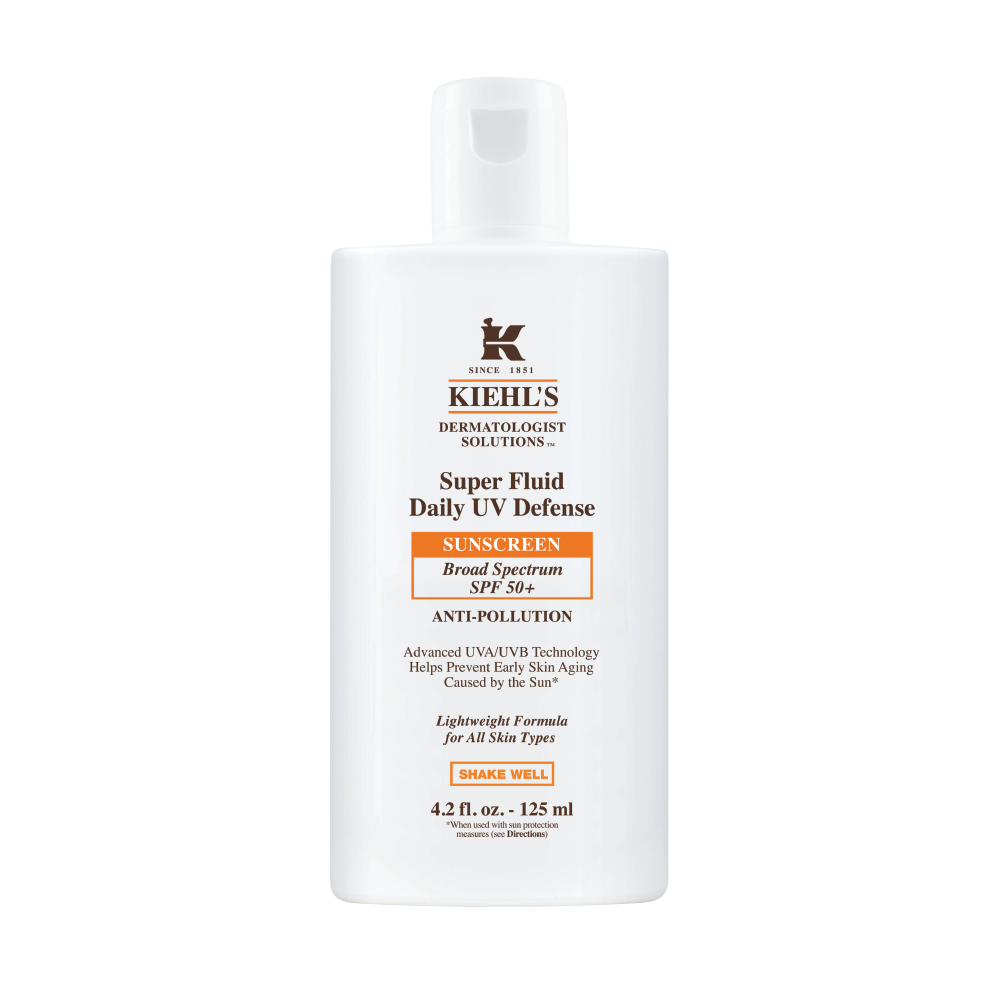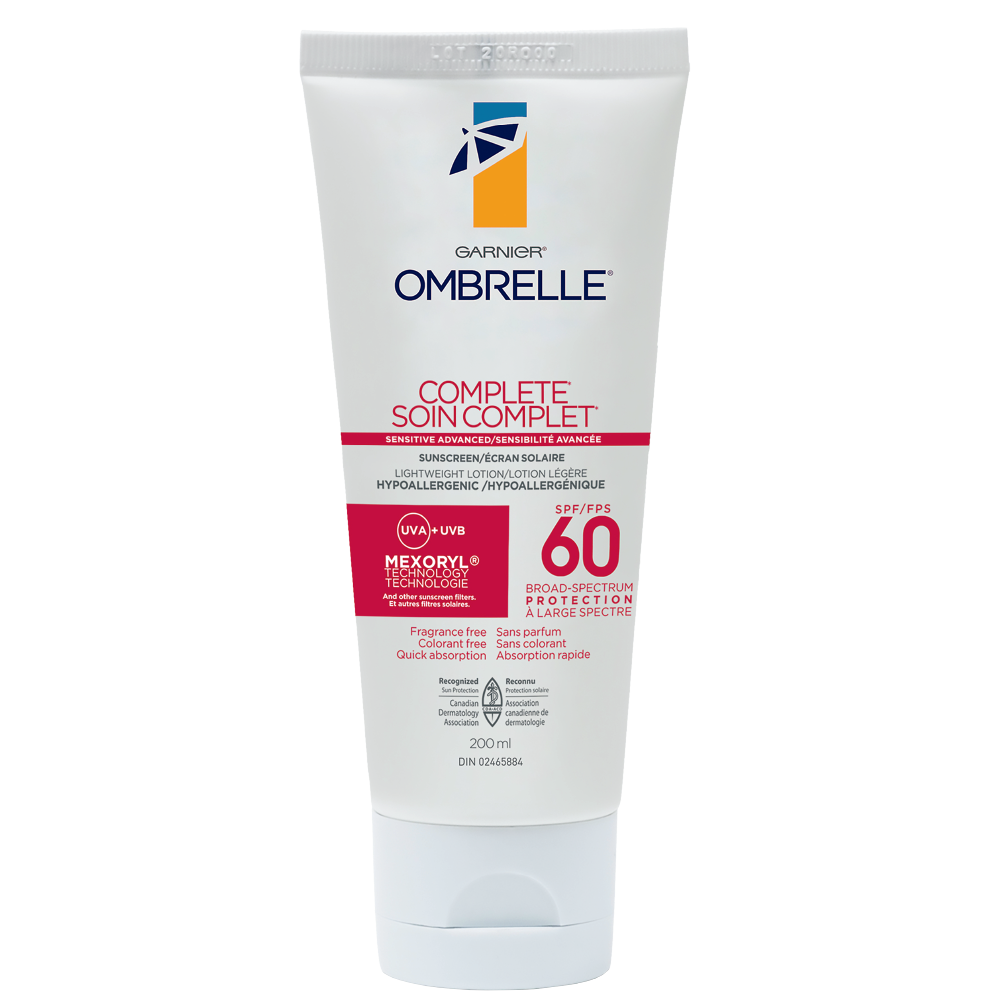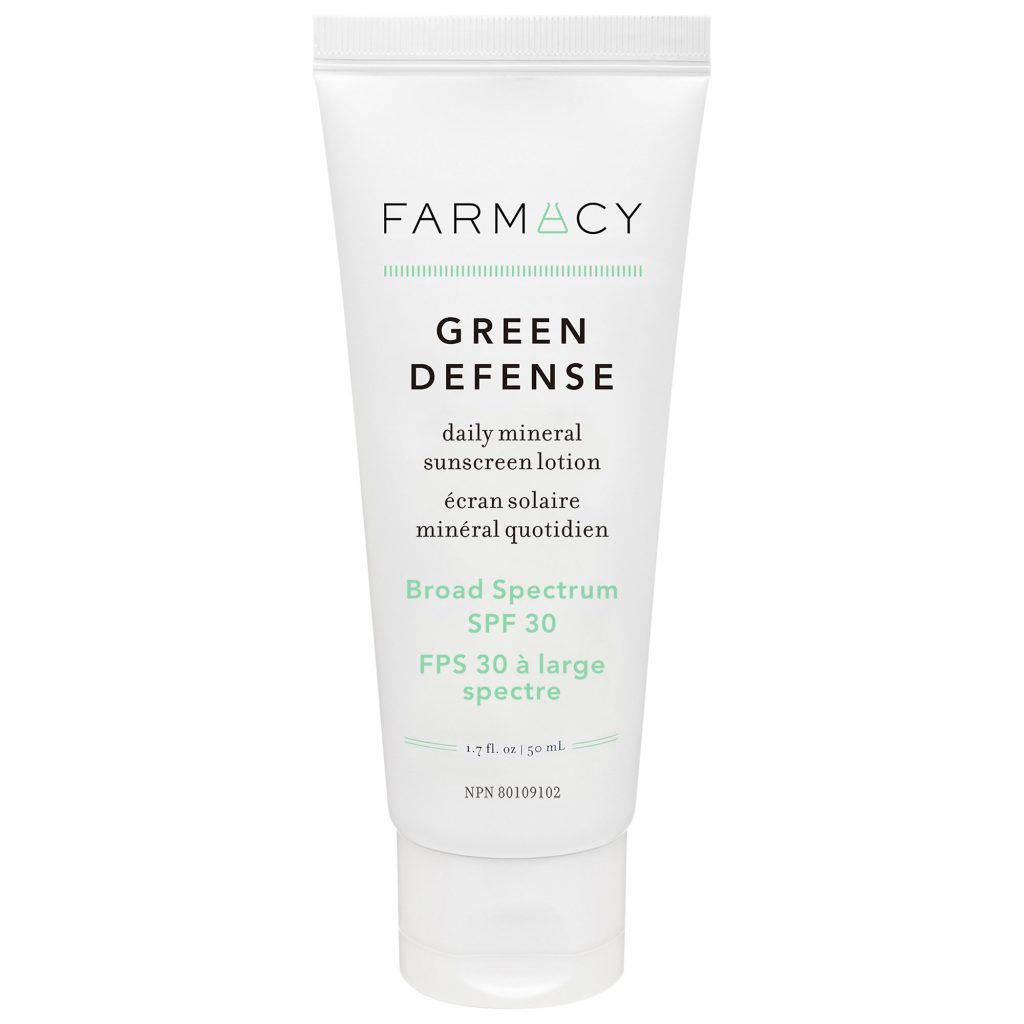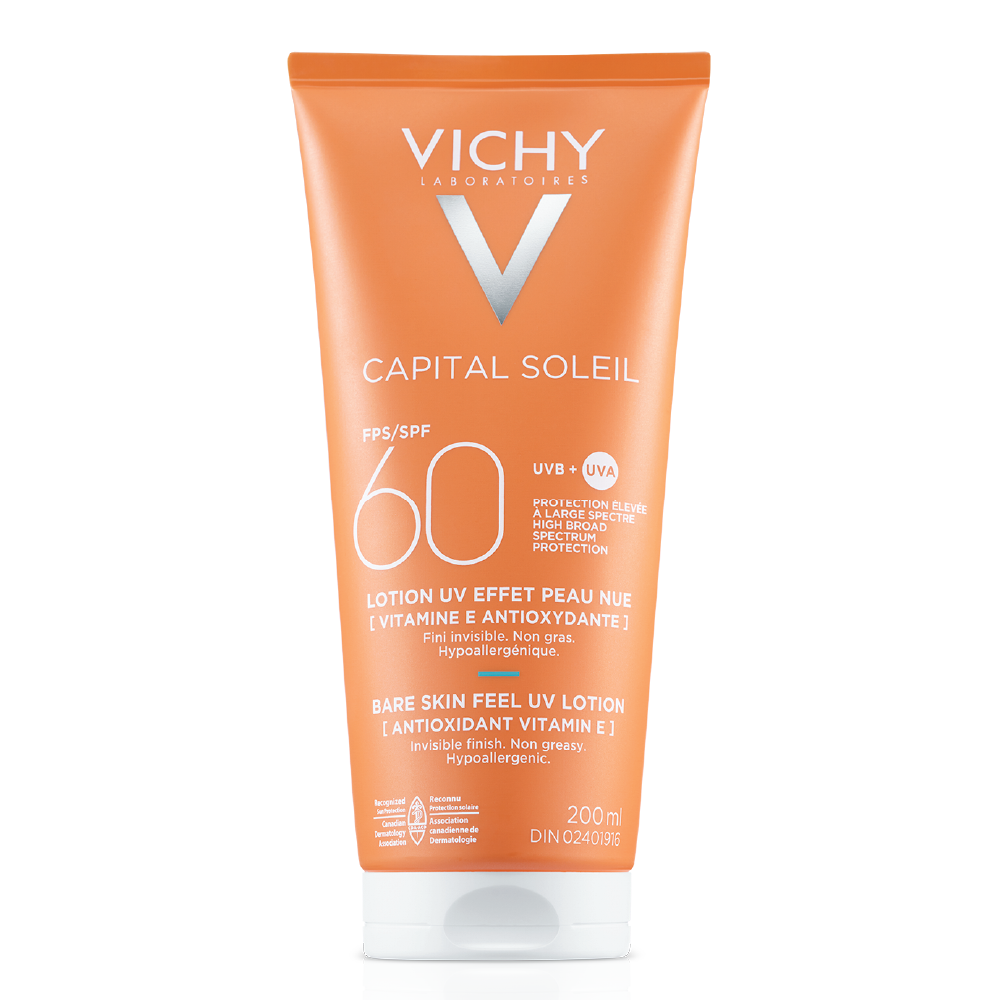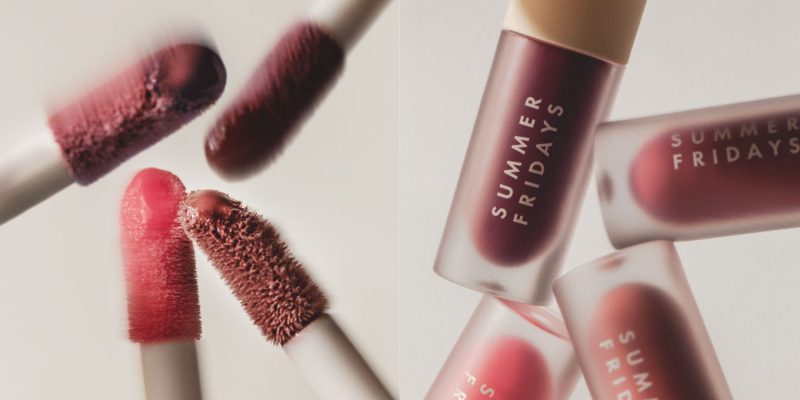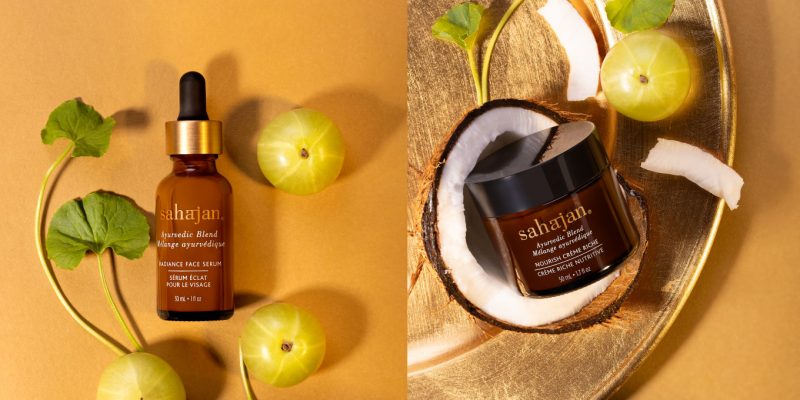Skincare
Every item on this page was chosen by an ELLE Canada writer. We may earn commission on some of the items you choose to buy.
Here’s Everything You Need to Know About Wearing Sunscreen This Summer
Level up your sun-protection knowledge, from UV basics to reapplication.
by : Mariève Inoue- May 27th, 2022
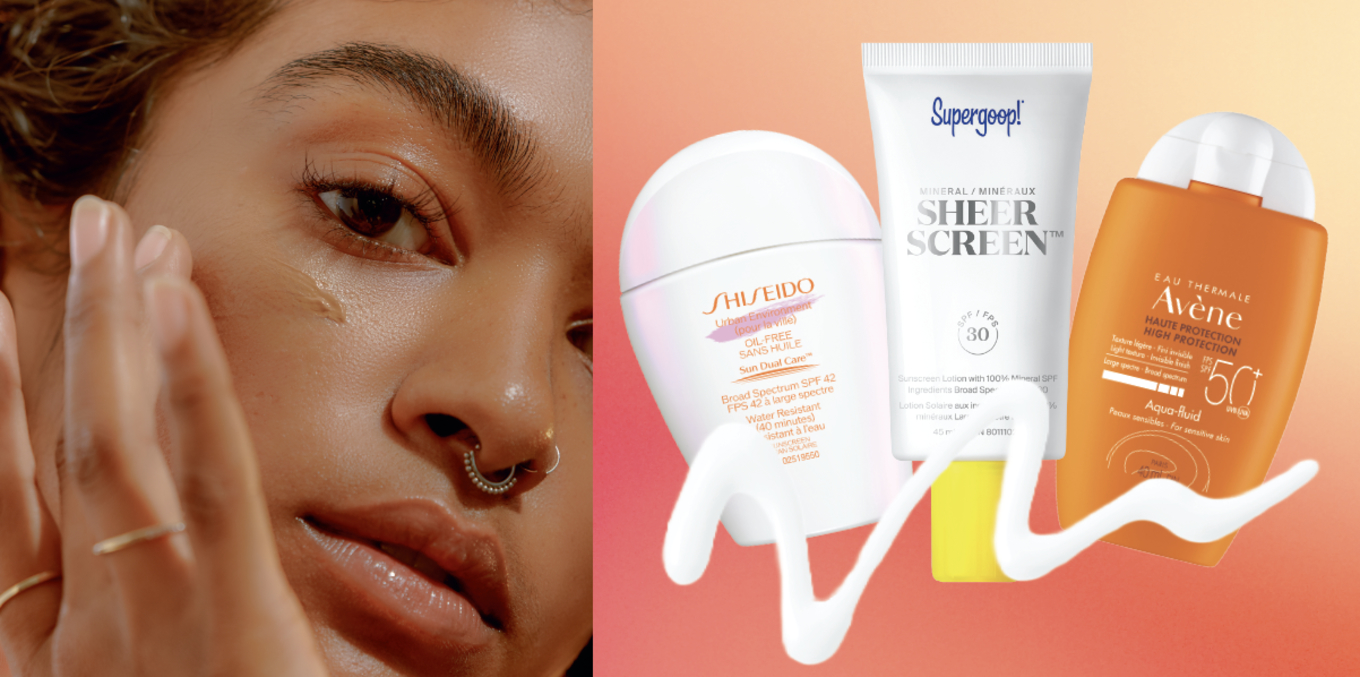
Getty Images (Model, Background)
Most people are aware of the importance of wearing sunscreen year-round, regardless of the weather. But with the stronger summer rays and the fact that we’re spending more time outside—which means more sun exposure—now is the ideal time for a skin-protection refresh to ensure your product stash is up to date.
BEYOND THE BURN
While many of us are concerned with preventing our skin from getting burned, the damaging effects of the sun go way beyond redness and that uncomfortable sensation. UV exposure can not only lead to skin cancer but also cause DNA damage at a cellular level, which prematurely ages the skin. “UV damage to the skin is visible through skin laxity and wrinkles from the degradation of collagen and elastin tissue, uneven pigmentation and rough texture,” says Dr. Meghan O’Brien, global consulting dermatologist for Kiehl’s. The easiest way to ward off both photo-aging and skin cancer is to apply sunscreen every morning and reapply throughout the day.
SUNSCREEN BASICS
Most of us know to check a sunscreen’s SPF—which stands for “sun protection factor”—but unfortunately, this number only represents the product’s protection against UVB rays. “These make up five percent of the rays we face on a daily basis and are widely recognized for their ability to tan and burn the skin, but they also cause damage to DNA and skin cancer,” says Nour Dayeh, medical communications manager at La Roche-Posay and Dermablend. The other 95 percent of UV rays we are exposed to are the UVA type. “These are responsible for more than 80 percent of skin aging and can also cause skin allergies,” she adds. Just like UVBs, UVA rays can also lead to skin cancer, which is why it’s essential to also provide your skin with adequate UVA protection. Generally, it is recommended that you opt for a sunscreen that has a minimum SPF of 30; also look for the words “broad spectrum” and a circled “UVA” logo on the label, the latter of which indicates that a product’s UVA protection is at least one-third of its SPF.
FINDING YOUR IDEAL FORMULA
The active ingredients in sunscreens are usually divided into two types: organic filters (often referred to as “chemical”), which are carbon-based, and inorganic filters (“physical” or “mineral”), which are mineral or ionic compounds such as zinc oxide or titanium dioxide. Sunscreens may use only one type of filter or a combination of both. A widespread belief is that chemical filters work by absorbing UV rays and turning them into heat while mineral filters physically block and reflect sunlight. In reality, it’s not so cut and dried. “Both types of filters function by absorbing UV rays and turning them into heat, but the level of absorption and reflection is different from one sun filter to another,” says Dayeh.
“For those who have more sun-sensitive or fair skin, physical sunscreens are the best choice,” says O’Brien. Although they typically feel thicker and tend to leave more of a white cast on the skin, newer formulas have significantly improved on this front. Chemical sunscreens are often favoured by people with darker complexions, as many go on perfectly clear. If you have dry skin, opt for a creamier or more hydrating texture; a lotion or gel may work better for combination or oily skin. Sports sunscreens are a great option if you’re getting active outdoors, as are sunscreens that come in stick form. Sticks can also be used on your lips (an oft-forgotten area), while powders and sprays are useful for reapplying throughout the day.
“We believe the best sunscreen is the one you will wear regularly, so it is important to find one you love,” says Russell Radebaugh, vice president of marketing at Sun Bum. You may not find your holy-grail product on the first try, but it’s worth it to keep searching until you do. The ultimate goal: building a sunscreen wardrobe of formulas suited to your skin, preferences and lifestyle. This way, you’ll have the right sunscreen on hand no matter your plans on any given day.
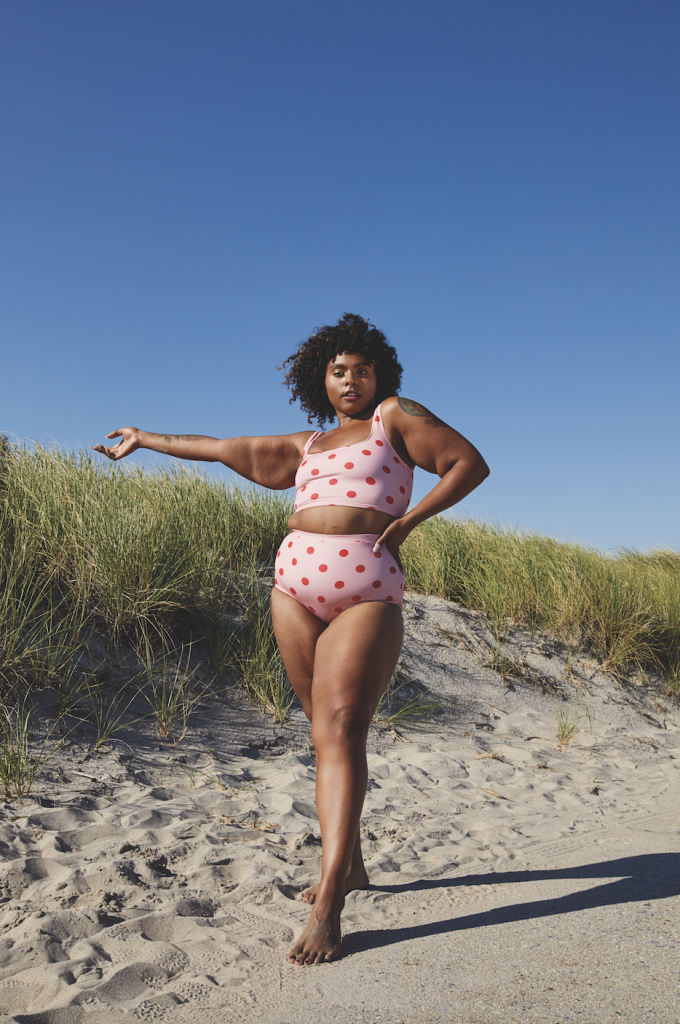 Tory Rust/Gallery Stock
Tory Rust/Gallery Stock PROTECTED FROM HEAD TO TOE
“For the face and neck, a good tip is to put the sunscreen on the length of your three middle fingers to get approximately half a teaspoon, which is the recommended amount,” says Dayeh. As for your body, aim for about a shot-glass worth of sunscreen in total. “The bottom line is that you need to use a lot more than you think you do,” says O’Brien. Wait 15 minutes before heading outside to allow your sunscreen to form a layer of protection on your skin. This time buffer also helps reduce pilling if you apply makeup overtop. Don’t forget to protect your ears, the back of your neck, the tops of your feet and hands and your scalp. Not too keen on the idea of slathering sunscreen onto your scalp? Use a sunscreen spray to protect your hairline and areas where your hair is thinner, and then reach for a hat. Sunglasses with UV protection are a must, and sun-protective clothing can also be a worthwhile investment.
And don’t forget: Reapplying is key. “Sunscreens are broken down by the effects of direct exposure to UV rays, not the passage of time,” says Dayeh. You should be reaching for your sunscreen every two hours—or sooner if you’ve been swimming or sweating profusely.
AFTER-SUN CARE
After spending a day in the sun, be sure to cleanse your skin properly. “Micellar water is helpful for removing sunscreen, especially the physical kind,” says O’Brien. She also suggests applying a rich moisturizing cream to rehydrate your skin overnight. If you get a sunburn, taking cool baths or showers can help relieve the pain. Moisturizers that contain aloe, which has anti-inflammatory properties, and thermal-water sprays can also help soothe skin, and oral anti-inflammatory medications like ibuprofen can help with discomfort, says O’Brien.
IMPORTANT REMINDERS
A widespread myth, according to Radebaugh, is that people with darker skin tones don’t need to wear sunscreen, but anyone can get skin cancer. Also, check your bottles and tubes for their expiration date. “Once sunscreen expires, it becomes less effective,” he says. Although sunscreen products can generally last two to three years, if you’re using enough, says O’Brien, you shouldn’t have much sunscreen left over from year to year.
Your Sunscreen Wardrobe
Well suited to various activities and occasions, these products are excellent additions to your suncare arsenal.
Active Must-Haves
Beach-Day Basics
Newsletter
Join our mailing list for the latest and biggest in fashion trends, beauty, culture and celebrity.
Read Next
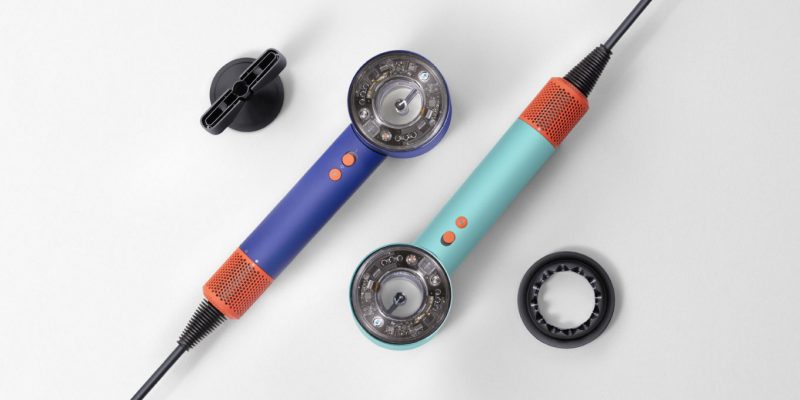
Beauty
Dyson Just Launched Its Most Intelligent Hair Dryer Yet
Get ready to upgrade your blowout game.
by : Lauren Knowles- Apr 25th, 2024

Fashion
Meredith Shaw Created a Plus-Size Summer Dress Collection That "Feels Like Candy"
The morning show host joined forces with PENN. to create a curated collection for sizes 14-32.
by : Allie Turner- Apr 25th, 2024

Beauty
Tested and Approved: Your New Hydrating Skincare BFF
This new product has all of your skin’s thirst-quenching needs covered.
by : ELLE Canada- Apr 17th, 2024

